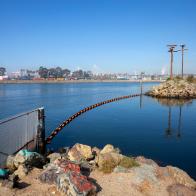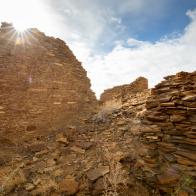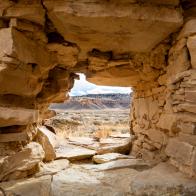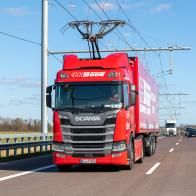The Detonators Episodes
S1 E1 1/28/09
Liverpool, England
Braden visits the blast sites of two steel structures in Texas and England.
S1 E2 2/4/09
Glasgow, Scotland
Experts reveal the accuracy behind demolitions in Scotland and Alabama.
S1 E4 2/18/09
Coral Gables, Florida
Braden visits the demolition site of a historic building in Florida.
S1 E5 2/25/09
Foxburg, Pennsylvania
Blasters use cutting-edge technologies to help demolish cramped structures.
S1 E6 3/15/09
Louisville, Kentucky
Paul focuses on the demolition of a office building in Louisville, KY.
S1 E7 4/2/09
Fort William, Scotland
Experts examine steel mills that get demolished by two different methods.
S1 E8 4/2/09
Weirton, West Virginia
Four big structures need to come down in record time in West Virginia.
S1 E9 7/2/09
Newcastle, England
Experts look at exactly how blasters take down huge concrete buildings.
S1 E10 7/3/09
Bismarck, North Dakota
An expert reveals the tricks used for the blast of a steel bridge in ND.
S1 E12 7/8/09
Charlotte, North Carolina
Experts deal with two big problem blasts in Nigeria and North Carolina.
By entering your email address, you agree to our Terms of Use and acknowledge the Privacy Policy. discovery and its affiliates may use your email address to provide updates, ads, and offers.
To withdraw your consent or learn more about your rights, see the Privacy Policy.
















































































